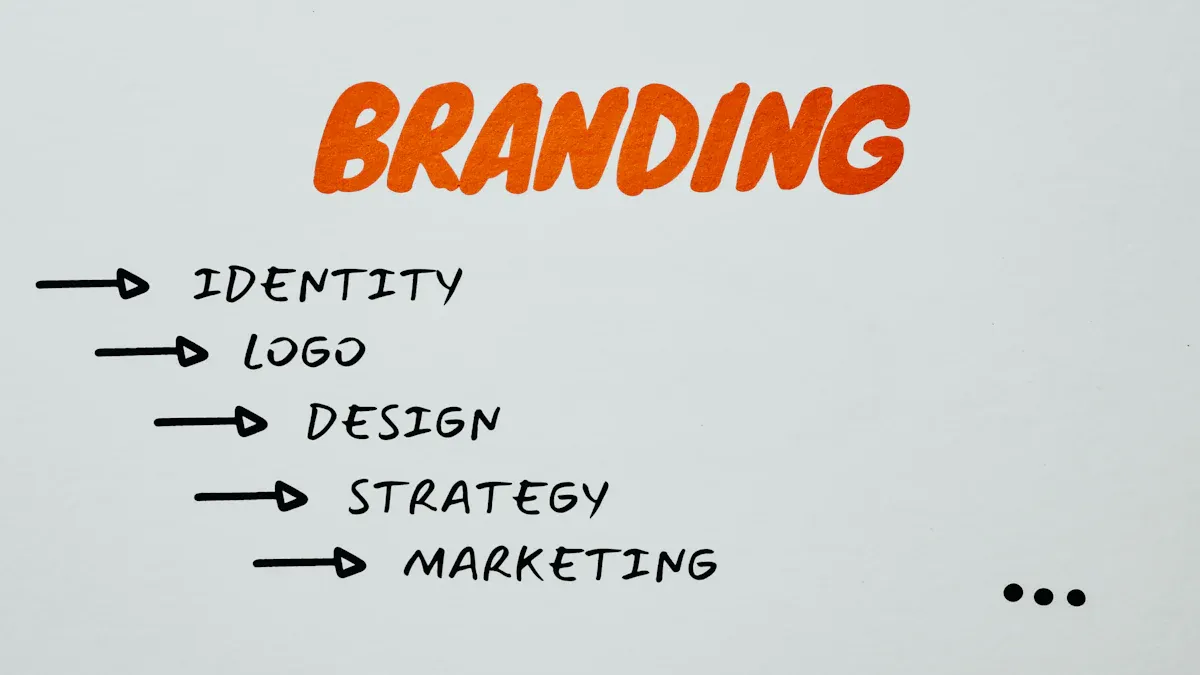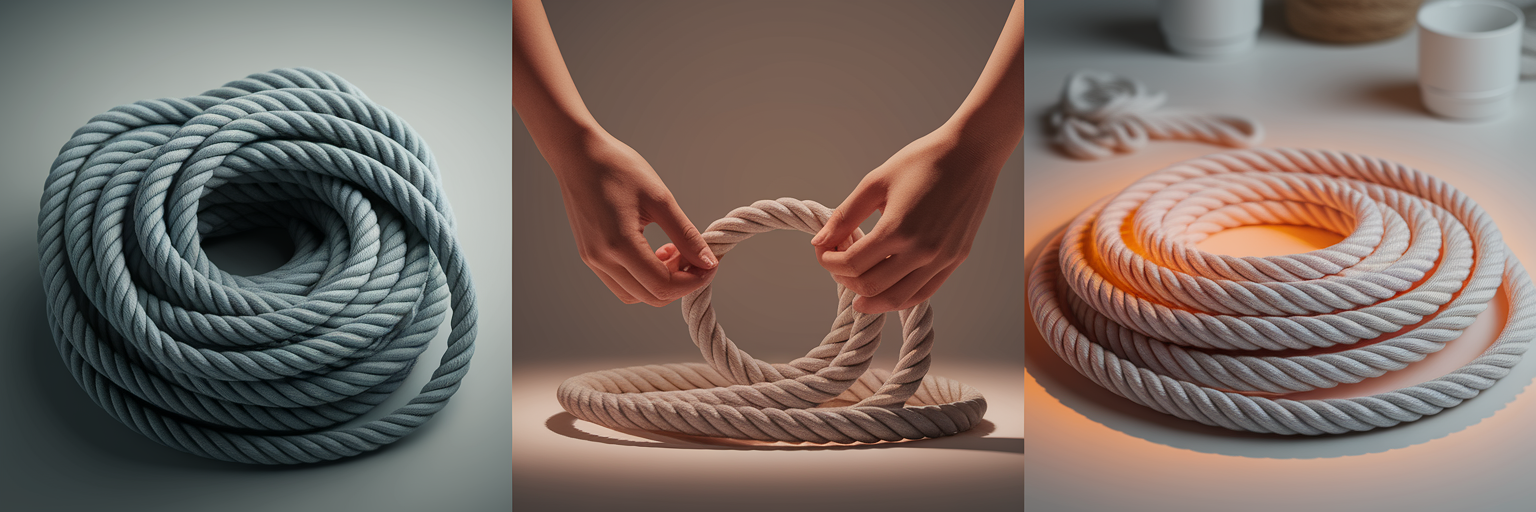
Using Visual Storytelling to Build Emotional Brand Connections
Table Of Contents
Using Visual Storytelling to Build Emotional Brand Connections
Our brains are wired for visuals, processing images thousands of times faster than text. This innate preference makes visual communication a direct pathway to emotion. For entrepreneurs and small businesses, harnessing this through strategic visual storytelling for brands isn’t just about aesthetics; it’s about forging genuine emotional connections that build lasting brand loyalty.
The Psychology Behind Visual Connection
Why do visuals resonate so deeply? It comes down to how we’re built. Visual storytelling for brands isn’t simply using attractive pictures; it’s the deliberate crafting of a narrative using color, composition, imagery, and typography to convey your brand’s core essence and values. This matters because many purchase decisions spring from feelings, not just cold logic. Think about the last time a product just *felt* right – that’s emotion at work.
Our brains process images almost instantly, triggering intuitive feelings long before the analytical part kicks in to read text. This immediate emotional tap is where visual storytelling shines. The strategic use of psychology in branding design means choosing visual elements that intentionally influence perception and evoke specific feelings aligned with your brand. Research from the Nielsen Norman Group highlights that users often make snap judgments about websites based on visuals alone, underscoring their immediate impact.
Ultimately, effective visual storytelling leverages fundamental human psychology. It bypasses purely rational thought to create bonds based on shared feelings and values, making your brand feel less like a transaction and more like a relationship.
Core Components of Compelling Visual Stories
Building on the psychological power of visuals, how do you actually structure a story that connects? A compelling visual narrative needs more than just pretty images; it requires structure to guide the audience emotionally. Here are the core components:
- Relatable Characters or Archetypes: Your audience needs someone or something to connect with visually. This might be authentic photos of your target customers experiencing a benefit, illustrations depicting the founder’s journey, or even symbolic imagery representing the problem your brand solves. The key is creating a visual focal point for empathy.
- Clear Conflict or Challenge: Effective stories need tension. Visually represent the problem your brand addresses or the struggle your audience faces *before* your solution arrives. This could be a cluttered desk before an organization product, or a frustrated expression before a helpful service. This contrast makes the resolution more impactful.
- Satisfying Resolution or Transformation: Show, don’t just tell, the positive outcome. Visuals must depict the ‘after’ state – the relief, the success, the joy your brand enables. This demonstrates tangible value and provides narrative closure, fulfilling the emotional arc.
- Consistent Underlying Theme: Every visual element, from color palette to photo style, must reinforce the core emotional message you identified earlier. Are you about comfort? Excitement? Simplicity? This consistency across all visuals builds recognition and strengthens the intended feeling. These brand storytelling techniques ensure your visuals work together cohesively.
Remember, even without words, a structured visual narrative is essential for creating genuine emotional resonance and making your brand memorable.
Selecting Visual Formats for Emotional Impact
Knowing the structure of your visual story is one thing; choosing the right format to deliver it is another. The medium you select significantly influences how your message is received emotionally. Your visual content strategy should consider these options:
- Authentic Photography: Real photos of real people build trust and realism. Avoid stiff, generic stock photos. Instead, capture genuine moments and emotions – a customer smiling while using your product, your team collaborating. This fosters empathy.
- Unique Illustrations: Custom illustrations establish a distinct brand personality, whether it’s playful, sophisticated, or technical. They can simplify complex ideas or create a unique visual world that photography can’t capture, setting a specific mood.
- Dynamic Video: Video offers an immersive experience, combining motion, sound, and music for a powerful emotional pull. Short-form video works well for grabbing attention on social media, while longer-form content can tell deeper brand stories or testimonials.
- Creative Data Visualization: Don’t just show numbers; tell stories with them. Infographics or interactive visuals can turn data about your impact, customer success, or industry trends into a compelling narrative that evokes feelings of progress or scale.
- User-Generated Content (UGC): Featuring photos or videos from your actual customers provides powerful social proof and authenticity. It builds community and shows your product integrated into real lives, which resonates deeply with potential buyers.
Choosing the right format depends on your specific emotional goal, the story component you’re highlighting, and your audience’s preferences. The following table offers a quick comparison:
Choosing Visual Formats for Emotional Connection
| Visual Format | Primary Emotional Strength | Best Use Case Examples | Resource Intensity (Time/Cost) |
|---|---|---|---|
| Authentic Photography | Realism, Trust, Empathy | Customer stories, ‘Behind-the-scenes’, Product-in-use | Medium to High |
| Custom Illustration | Personality, Whimsy, Clarity | Explaining abstract concepts, Brand mascots, Unique website visuals | Medium to High |
| Video (Short-form) | Immediacy, Engagement, Virality | Social media snippets, Quick tips, Product demos | Medium |
| Video (Long-form) | Immersion, Deep Narrative, Empathy | Brand origin stories, Detailed testimonials, Documentaries | High |
| User-Generated Content (UGC) | Authenticity, Social Proof, Community | Social media campaigns, Testimonial sections, Community galleries | Low to Medium (curation) |
This table compares common visual formats based on their typical emotional impact, ideal applications for brand storytelling, and general resource requirements, helping entrepreneurs select the best fit for their goals and budget.
Designing Your Brand’s Unique Visual Narrative
With an understanding of story structure and format options, the next step is strategically designing a visual narrative unique to *your* brand. This isn’t about randomly picking visuals; it’s a deliberate process of defining your brand’s emotional identity. Here’s how to approach it:
- Define the Core Emotional Message: What single primary feeling do you want people to associate with your brand? Is it security, excitement, relief, inspiration, or something else? Pinpoint this emotional anchor first. It will guide every visual decision.
- Understand the Audience’s Emotional Landscape: Who are you trying to connect with? Research their values, aspirations, challenges, and what truly resonates with them emotionally. Visuals that align with their inner world will have far greater impact. Don’t assume; investigate.
- Develop a Consistent Visual Language: This is where visual storytelling for brands becomes tangible. Create clear guidelines for colors, typography, imagery style (e.g., bright and airy vs. dark and moody), and composition. Consistency across all platforms is crucial for building recognition and reinforcing your emotional message. A solid brand style guide is invaluable here, ensuring everyone creating visuals stays on the same page. You might also explore resources on brand identity design to solidify this foundation.
- Map Story Arcs to Touchpoints: Consider how your visual narrative should unfold across the customer journey. The visuals used for initial awareness might focus on the ‘challenge,’ while those for loyalty might highlight ‘transformation’ and community. Plan how different visual story elements will appear at various interaction points (website, social media, email) to create a cohesive experience.
Building a unique visual story requires this strategic foresight. It ensures your visuals aren’t just decorative but are actively working to build the specific emotional connection you intend.
Deploying Visual Stories Across Your Brand Touchpoints
Once you’ve designed your unique visual narrative and chosen your formats, the focus shifts to implementation. Consistently deploying these visual stories across all brand touchpoints is essential for reinforcing the emotional connection and creating a unified experience. Consider these key areas:
- Website: Your website is often the first deep interaction. Use compelling hero images that immediately convey your core emotion. Weave visual stories into your ‘About Us’ page (founder photos, origin illustrations). Showcase customer success with visually driven testimonials or case studies, not just text quotes.
- Social Media: Tailor your visuals for each platform’s context. Instagram might be ideal for aspirational photography or behind-the-scenes Stories. LinkedIn might require more polished infographics or professional team photos. Focus on creating audience engagement visuals that spark conversation and shares. Need ideas? Exploring a social media playbook or guides on social media marketing with design can provide platform-specific insights.
- Marketing Communications: Ensure visual consistency in email campaigns, digital advertisements, and downloadable resources like guides or ebooks. Every piece of communication should visually align with your brand’s emotional theme.
- Product Packaging & Experience: For physical products, the story starts with the packaging. Use materials, colors, unboxing experiences, and even iconography within the product interface to tell a story from the first touch. Thoughtful product packaging design can significantly enhance the perceived value and emotional connection.
- Physical Spaces (If Applicable): If you have a retail store, office, or event space, use environmental design—wall art, color schemes, layout—to immerse visitors in your brand’s visual story and reinforce the desired feeling.
The goal is seamless integration. When your audience encounters your brand anywhere, the visuals should consistently echo the same story and feeling, strengthening recognition and emotional ties over time.
Assessing How Your Visuals Resonate with Audiences
Creating and deploying visual stories is only part of the equation. To ensure your efforts are truly building emotional connections, you need to assess their impact. Measurement allows you to understand what resonates and refine your approach for maximum effectiveness in your emotional connection marketing.
Here are ways to gauge how your visuals are landing:
- Key Engagement Metrics: Look beyond simple view counts. Track metrics like likes, shares, comments, and saves on social media. On your website, monitor time-on-page for visually rich pages and click-through rates (CTRs) on visual calls-to-action. High engagement often signals emotional resonance.
- Brand Sentiment Monitoring: Pay attention to the language used in comments and mentions online. Are people expressing positive emotions (love, excitement, trust) in reaction to your visuals? Tools can help track sentiment automatically, giving you a pulse on emotional reactions.
- Conversion Contribution Analysis: While direct attribution can be tricky, try to correlate specific visual campaigns with desired actions like lead generation or sales. Use UTM parameters for visual ads or track conversions from visually focused landing pages to see if they drive results.
- Qualitative Feedback: Sometimes the best way to know how visuals make people feel is to ask them directly. Use short surveys, social media polls, or even brief customer interviews. Ask questions like, “What feeling does this image evoke for you?” or “How does this visual represent our brand?”
As highlighted by research institutions like the Content Marketing Institute, tracking a mix of quantitative engagement data and qualitative feedback provides a fuller picture of content effectiveness. Use these insights not just as a report card, but as a guide for iteration. Continuously test different visual approaches and refine your strategy based on what truly connects emotionally with your audience.











